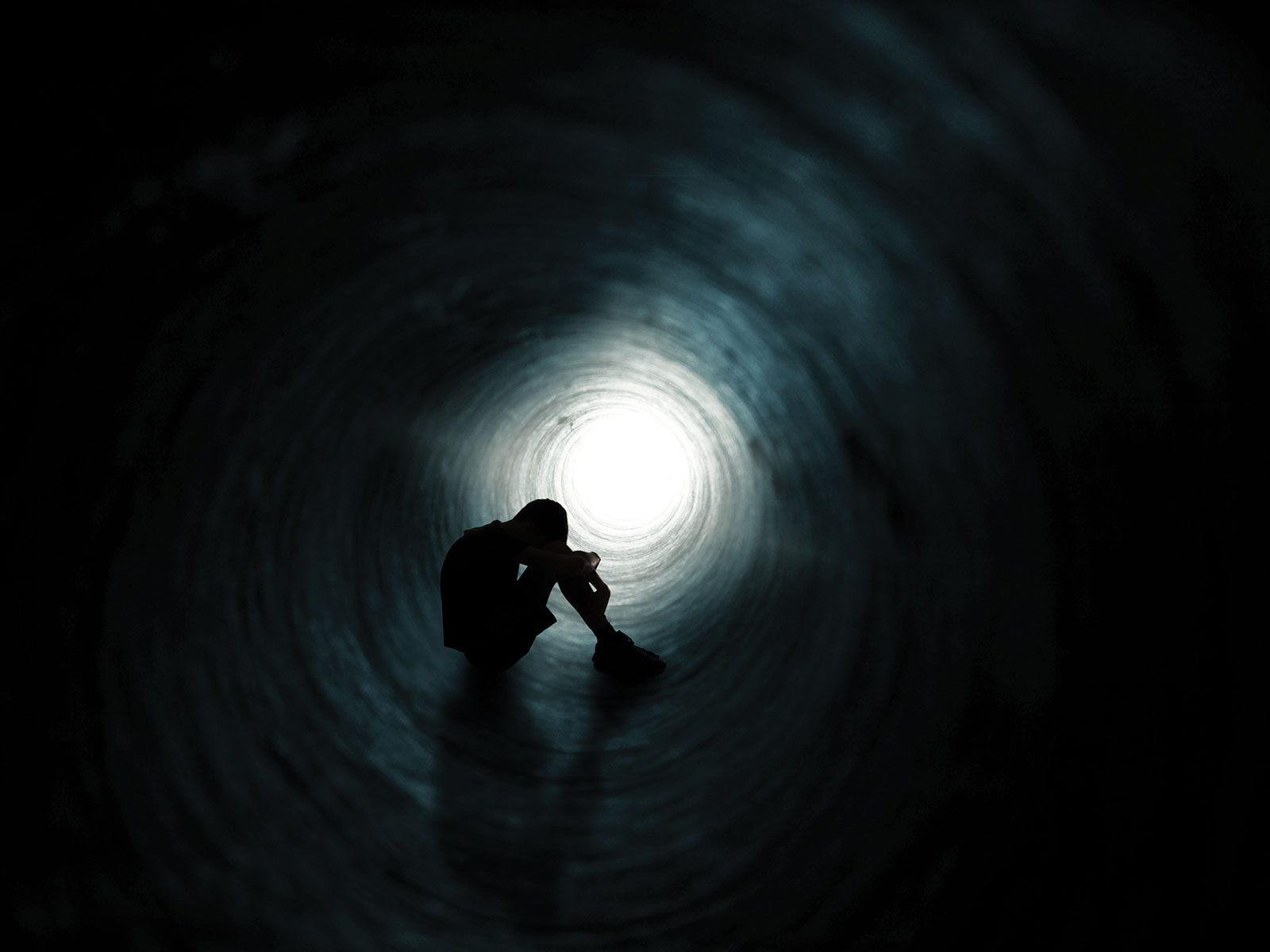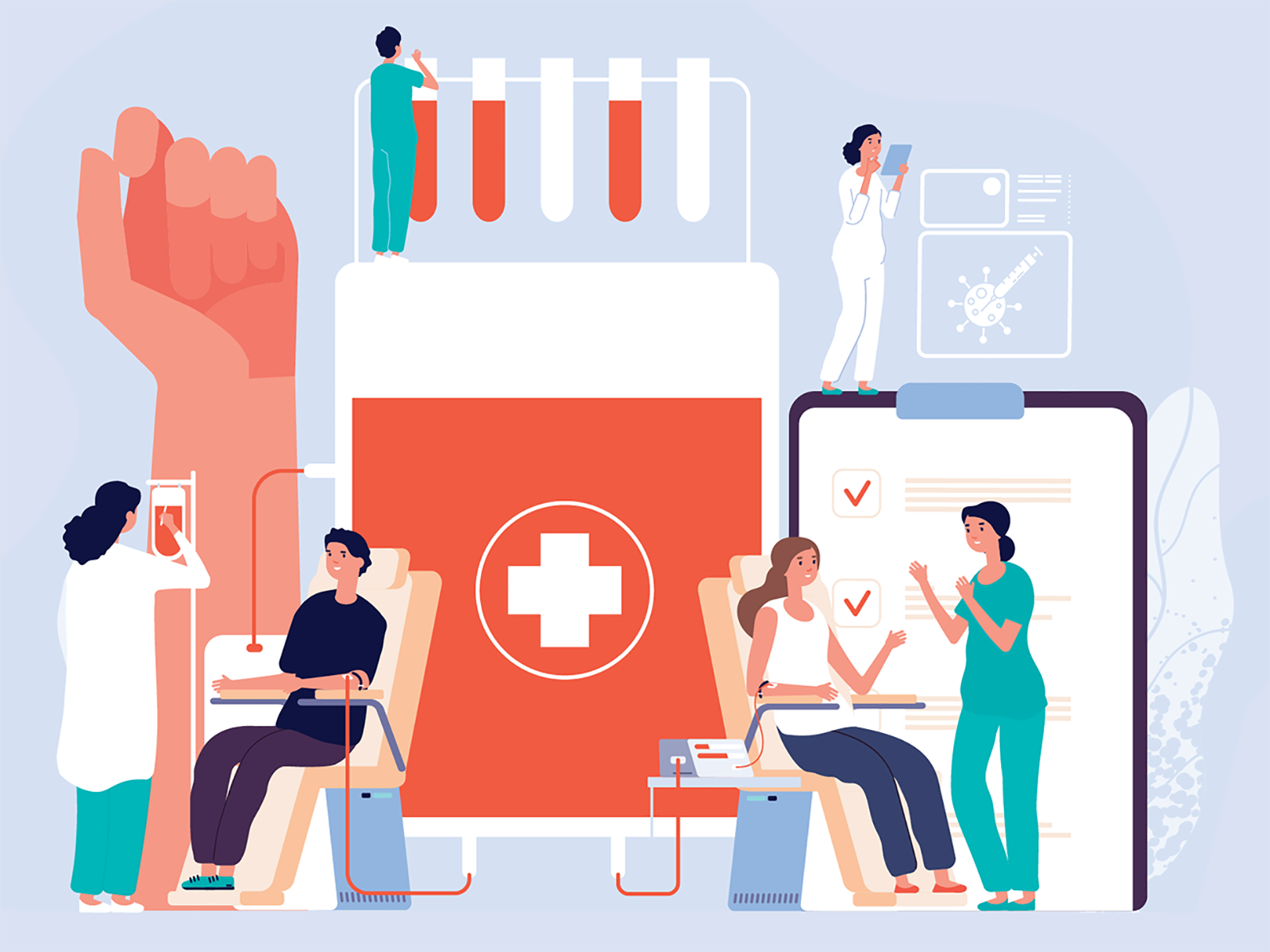
Issue 45
Jan 2023
THE LAST MILE
By Dr Noreen Chan, Head and Senior Consultant, Division of Palliative Medicine, National University Cancer Institute, Singapore

If, like me, you use Twitter for work-related discoveries and discussions, you may have come across Dr Glaucomflecken (@DGlaucomflecken) aka Dr William Flanary, whose satirical medical skits have been lighting up the Twitterverse. But it is his wife, Kristin Flanary aka @LGlaucomflecken who is the subject of this article.
Kristin had supported her husband through two bouts of testicular cancer while he was completing medical school, then residency. It seemed like they were through the worst of it, especially when he had finished his training and was embarking on his career as an Opthalmology specialist. Then one night in May 2020, she woke up to discover that her husband was unconscious and not responding.
I knew that she had saved his life by performing CPR on him, but it wasn’t until I watched them deliver the opening keynote of the ACEP (American College of Emergency Physicians) Congress this year, that I realised the enormity and horror of what had happened. The recording of the 911 call was harrowing beyond belief. Listening to the EMS dispatcher talking her through CPR, his grunts as she pounded away at his chest while their young children slept in the next room, the desperation in her voice balanced by the reassuring dispatcher’s voice “keep going honey … they’re coming soon … 1-and-2-and-3-and-4-and…”.
The EMS crew arrived after 10 minutes and managed to restart Will’s heart, and he awoke in the ICU a few days later, amazingly neurologically and physically intact. When he was able to go home, there was a great sense of relief, but at the same time, nothing was ever the same again. As a couple, they needed to navigate their way back to some kind of normal life, and for a long, long time, Kristin found that she could not participate in conversations. It was as if she had no words.
She called it “the Quiet Place” and wrote about it in the Journal of Cardiac Failure.
It was a dark and empty chamber where no words were spoken or understood. If they were there, they flowed in and back out like a silent River Styx running through my brain. It was a place of grief and distress.
Those of us who have survived trauma need our healthcare providers to meet us in our Quiet Place. We need them to find their way into that dark chamber, light a candle, and fill it with the words that build a bridge for us to walk out.
She also pointed out that the term “caregiver” for someone like herself, was totally inadequate to describe what she had gone through and was still going through. Through her reading (of authors like Drs Katie Dainty and Kirstie Haywood), she found the labels of forgotten patients and co-patients/co-survivors. Whatever had happened to her husband, had happened to her, just in a different way. In fact, he had no memory of what happened, while she “fought death with hand-to-hand combat”.
But as she expressed in “Words to Leave By: Bridges Out of the Quiet Place”1 the healthcare system did not recognise her needs.
She felt that those who attend hospital with a cardiac arrest patient are often “forgotten, neglected or even treated poorly”.
The JCF full length interview with Lady & Dr Glaucomflecken2 reminded me forcefully that our patients’ caregivers are often more than that, and it isn’t wrong to consider them “co-patients”. It also brought home vividly the fact that caregivers or co-patients can be traumatised by the illness experience too, and how poorly the healthcare system recognises their needs.
Time and again, when I speak with families, I am reminded of how serious illness has changed their lives forever, even though they are not the patient. They can carry the scars for years afterwards, until something happens to revive painful memories. A 60-year old man with advanced cancer who was referred to our palliative care service for refractory insomnia turned out to have severe death anxiety. He wanted badly to be able to have a good night’s sleep, but at the same time, he was afraid that if he closed his eyes, he would not wake up again. It was only after we had gotten to know one another better, that he was able to share that he had been traumatised by his father’s death many years ago. Having watched him struggle and suffer with uncontrolled symptoms, led him to believe that his death would be similarly painful.
An undergraduate student contacted me last year, for advice on starting a volunteer group that would focus specifically on caregivers of patients with terminal illness. He shared that when he was 13 years old, his mother died of cancer. He and his father had tried to care for her at home, but it was a struggle and eventually she ended up back in hospital where she died. When I asked if hospice home care had visited, he said yes, but their attention was all focused on her, and he felt that they could have supported him and his father better.
Dame Cicely Saunders is credited with saying “How we die remains in the memory of those who live on”. This is often taken as motivation to work on good symptom management and promote comfortable peaceful dying. But it has to be more than that. We need to be aware of the caregivers, perspective and experience, in particular to be on the lookout for traumatic experiences, even “micro-trauma” or cumulative psychic injury from long drawn out illness journeys.
We need to do better. It is essential that the healthcare system does more than pay lip service to the patient and caregiver experience, and it is equally important that society and communities come together so that we can support one another. Because her/she/they, will someday be me/us.
Click here to hear the 911 recording in “the Quiet Place” here.
When You Hate Yourself for Revisiting Old Wounds
by Nikita Gill
You revisit old wounds for the same reason
birds will come back to the place
their nests have been destroyed
The mind walks into the same room
because it wants to know how to fix
those floorboards, paint the walls,
turn this into a more habitable place
if it tries something different from the last time.
This is survival.
This is learning to live through pain
once the skeletons have decided to walk out
of the closet and refuse to go back in again.
Call it the worst story you have ever owned,
a car crash within your bones
that you cannot stop staring at.
But the only way to understand pain
is to look at it and feel it
without turning away.
There is no shame in this.
Eventually, it will scab over and heal.
https://www.onlinejcf.com/article/S1071-9164(22)00716-3/fulltext#.YzRJJHTUiIo.twitter.
https://www.youtube.com/watch?v=0GXn_-Liwzg.
More from this issue
THE BANYAN TREE
Skills Demand for the Care Economy


